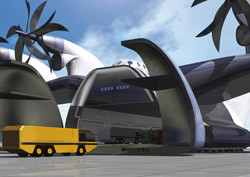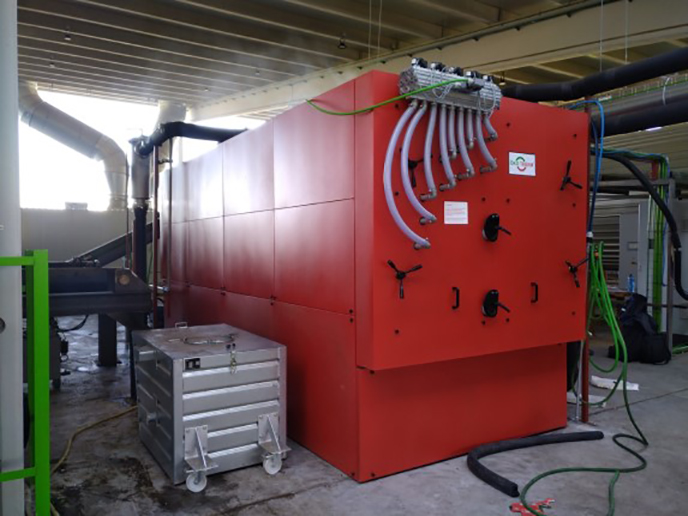A novel aircraft with many capabilities
Designed to enable extremely short take-off and landing on all surfaces, such hybrid aircraft are well-suited to accessing remote areas without airports. Applications could include search-and-rescue missions, island hopping and tourism, and expanded business connection. Building on a partner's previous experience and a working full-size prototype, scientists set out to test the theoretical solution to the low stability problem observed in certain situations. With EU support of the project ESTOLAS, the team proposed an architecture akin to a mixed-type flying wing. The main part was a disk-shaped centreplane housing the helium and with a channel in its centre for a cargo cabin. On the edges were the pilot and passenger cabin, cantilevered wings and the tail. The combined take-off and landing gear were placed underneath. ESTOLAS set out to optimise the aerodynamic flanges to resolve stability issues for four different models accommodating small, medium, large and super-large payloads. Within the scope of the project, scientists also evaluated the performance of demonstrators in wind tunnel and remote-controlled flight tests and studied aspects related to runways, safety and certification. Aerodynamic experiments on the ESTOLAS hybrid aircraft provided important data on lift. In addition, the team evaluated performance with both currently available advanced engines as well as planned future engine concepts. The proposed propulsion system paves the way to pioneering flight control that enables vertical take-off and landing operations even for aircraft with heavy payloads. The team proposed an optimal architecture for a future all-electric ESTOLAS in line with EU goals for the transport industry. The ESTOLAS concepts were superior to other aircraft in their capabilities for short take-off and landing as well as all-surface operation. However, to achieve additional clear advantages in other areas over traditional aircraft, the team identified specific technological areas for development. Scientists have contributed comprehensive computer-aided design methodology and protocols for research and evaluation of hybrids. Together with models to predict performance criteria with minimal uncertainty, the tools will support knowledge-based advances in the hybrid aircraft model that has captured global attention.
Keywords
Hybrid aircraft, short take-off, remote areas, flying wing, all-surface







